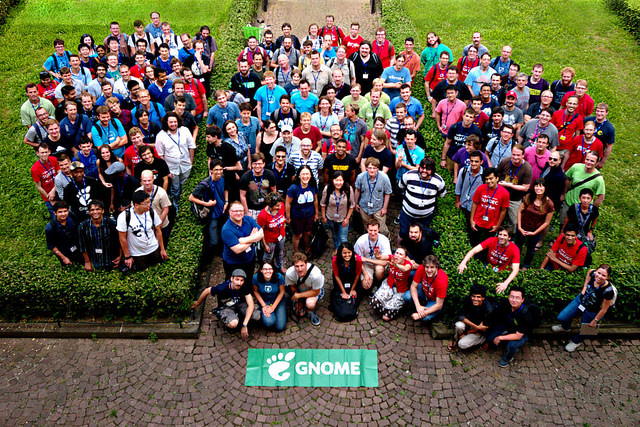Este artigo foi publicado orixinalmente no número 79 da Revista Galega de Educación.
Cando os alumnos e alumnas que este curso 2020/2021 comezarán a educación secundaria naceron, Facebook xa tiña máis de 100 millóns de usuarios activos. As redes sociais forman, na actualidade, parte da cultura xeracional do noso alumnado. Emprégana de forma habitual no seu día a día tanto para comunicarse entre si así como para consumir información de todo tipo.
Se analizamos os últimos datos do Instituto Galego de Estatística sobre uso das redes sociais na poboación galega en idade escolar podemos ver que un 43% dos enquisados entre os 4 e os 14 anos e un do 97% entre os 15 e os 35 afirmou que empregara algunha rede nos últimos 3 meses. Se nos centramos no uso de redes sociais de contidos – SnapChat, Facebook, Instagram, Twitter, etc. – vemos que o 64% das persoas entre 4 e 14 anos empregan redes sociais de contidos e entre 15 e 35 xa o fan un 81%.
Con estes datos podemos corroborar que o uso das diferentes redes sociais entre o noso alumnado é xeneralizado. O profesorado non debería ser alleo a esta realidade e debería empregala como unha ferramenta máis para conseguir chegar ao alumnado.
Neste artigo pretendemos analizar o estado do uso da lingua galega nas redes sociais así como amosar algunhas iniciativas e comunidades existentes ou propoñer oportunidades de uso que nos ofrecen.
Continúe lendo Redes sociais e lingua






